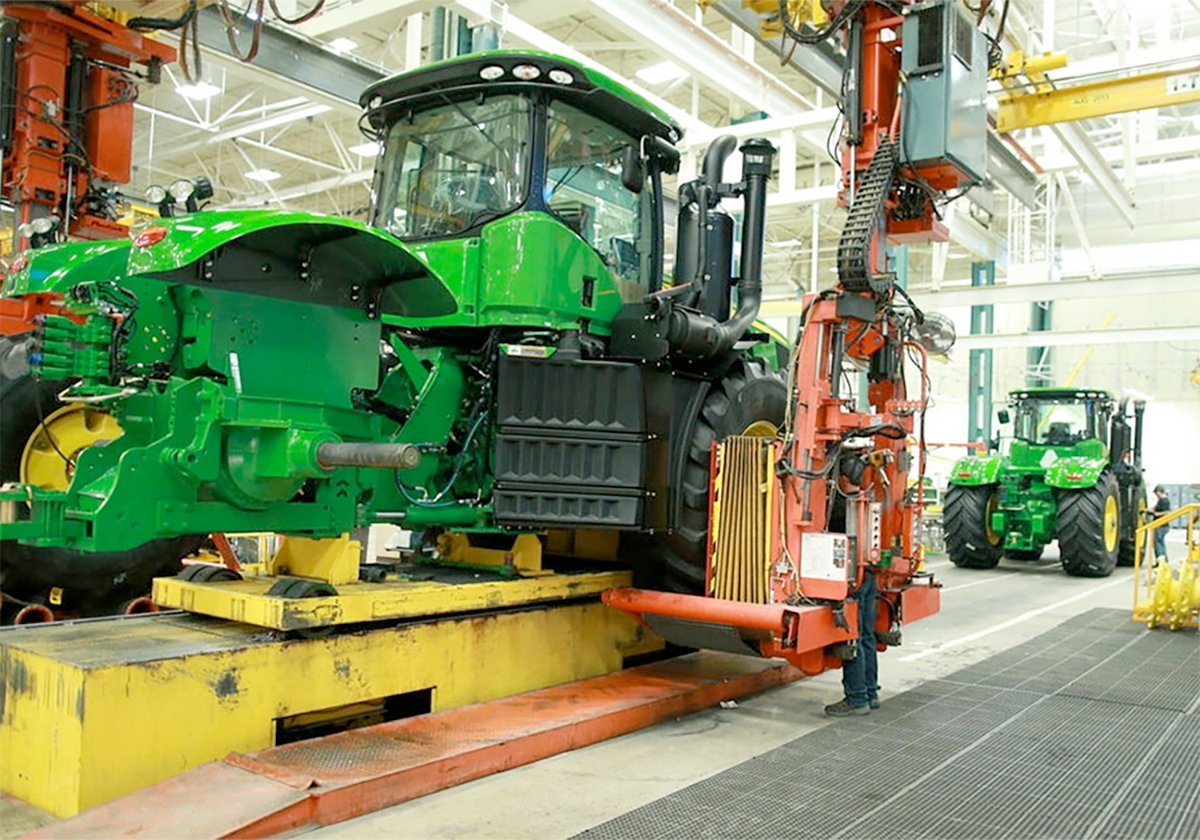Last month we ran a two-part special report by Ottawa reporter Barry Wilson about the rural-urban divide. There are many aspects to that span, not least of which is urban lack of understanding about why farmers do the things they do.
Some people in Yorkton, Sask., have taken steps to help interested folks learn more about agriculture and now they’re thinking about taking a giant step in the same direction.
You may have read in our Jan. 21 issue about a proposal to establish a crop interpretive centre in Yorkton.
Read Also

Trump’s trade policies take their toll on Canadian producers
U.S. trade policy as dictated by president Donald Trump is hurting Canadian farmers in a multitude of ways.
In the early stages, and if funds can be raised, organizers envision a permanent building housing a year-round interpretive centre that will feature interactive displays about crops, agronomy, soil, equipment and agri-business.
Spearheading the effort is Thom Weir of Viterra, the guiding light behind a “crops of the Parkland” seasonal outdoor display that has been in place along Highway 16 in Yorkton for about three years.
Weir said a few things that resonated during a talk about the proposal. First, he noted there are many interpretive centres and events dedicated to the historical side of agriculture, but few to none dedicated to modern farming.
Of course it’s important to recognize farming roots, and the routes followed to arrive at the present, so his comment was an observation, not a criticism.
As well, he wondered who, other than farmers and other agricultural experts, are better equipped to tell the success stories of modern agriculture. It’s a good question.
A crops interpretive centre is a big undertaking. One need look no further than the Prairies to find examples of educational tourist attractions that failed, for one reason or another. The Pork Interpretive Centre near Elstow, Sask. The Costume Museum of Canada near Dugald, Man.
Often there’s enthusiasm on the part of government, corporations and groups to be part of a new project, which is often accompanied by fanfare and good optics. There’s considerably less enthusiasm for funding ongoing operations.
Where’s the glamour in donating to keep the lights on and the toilets flushing?
So, it’s a project to be undertaken with caution but it is a worthy cause if it can be made to work. If you think so too, Weir loves to talk about it.















